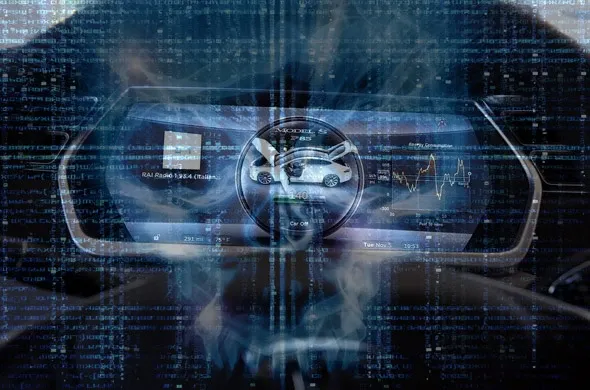EDPB Says ‘Consent or Pay’ Models Should Offer Real Choice
The European Data Protection Board pressed large online platforms to give users free options without targeted ads.

The pedestrian killed by a self-driving Uber SUV in Arizona had crossed at least one open lane of road before being hit, according to Bloomberg.
Experts who reviewed video of the crash say self-driving sensors should have detected 49-year-old as she walked a bicycle across the open road, despite the dark conditions. The Uber SUV’s "lidar and radar absolutely should have detected her and classified her as something other than a stationary object," Bryant Walker Smith, a University of South Carolina law professor who studies self-driving cars, said in an email. Smith said the video doesn’t fully explain the incident but "strongly suggests a failure by Uber’s automated driving system and a lack of due care by Uber’s driver as well as by the victim.
"Uber has to explain what happened," said Mike Ramsey, an analyst at researcher Gartner who focuses on autonomous driving technologies. "There’s only two possibilities: the sensors failed to detect her, or the decision-making software decided that this was not something to stop for." Ramsey said it is "mystifying" why the vehicle didn’t react given that lidar systems like the one used on Uber’s SUV have a detection range of at least 100 meters and work better at night than during the daytime.
Herzberg becomes visible in the car’s headlights as she pushes a bicycle across the road at least two seconds before the impact. "This is similar to the average reaction time for a driver. That means that, if the video correctly reflects visible conditions, an alert driver may have at least attempted to swerve or brake," Smith said.
Sean Alexander, of Crash Analysis & Reconstruction LLC, said a human eye sees objects in dark areas better than video cameras. That suggests the video released by Arizona police could give the impression that the pedestrian appeared in the field of view later than a human would have spotted her. "Video makes everything in the light pattern brighter and everything out of the beam darker. A human eye sees it much clearer," Alexander said, after watching the video.
The video also included footage of the Uber backup driver who monitors the vehicle’s operation from behind the wheel while the computers drive. Out of approximately 13 seconds of that recording, the driver was looking down and away from the road for about 10 seconds. The driver looked up about a second before the recording ends and gasped upon seeing the impending collision.
While it’s too early to say why the car hit the woman, the video doesn’t show the crash was unavoidable, said Ryan Calo, a law professor at the University of Washington who specializes in robotics and artificial intelligence. “The idea that the video absolves Uber is essentially incorrect,“ Calo said.